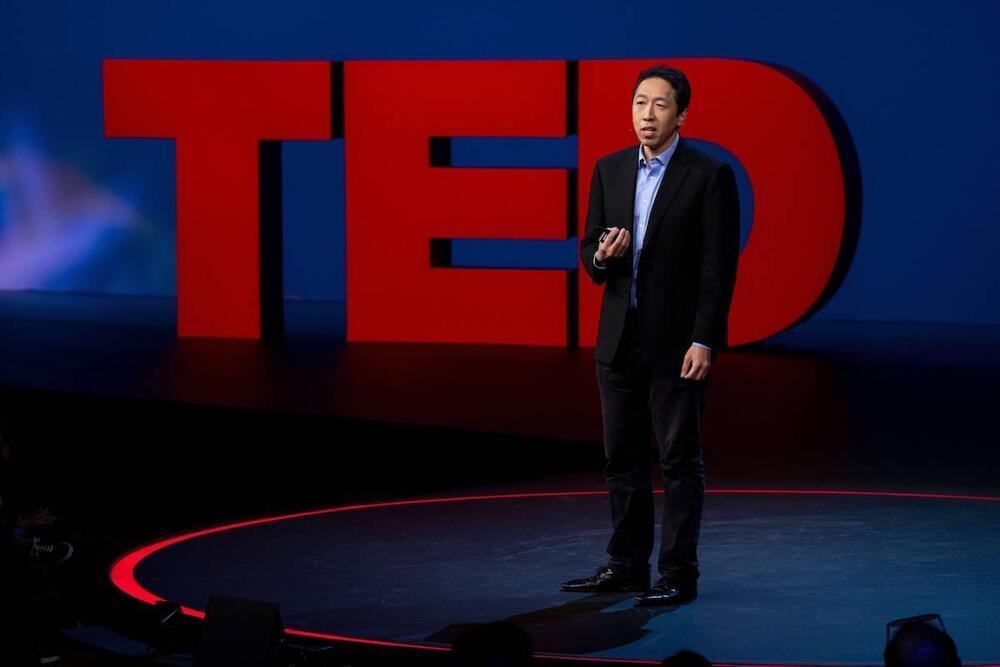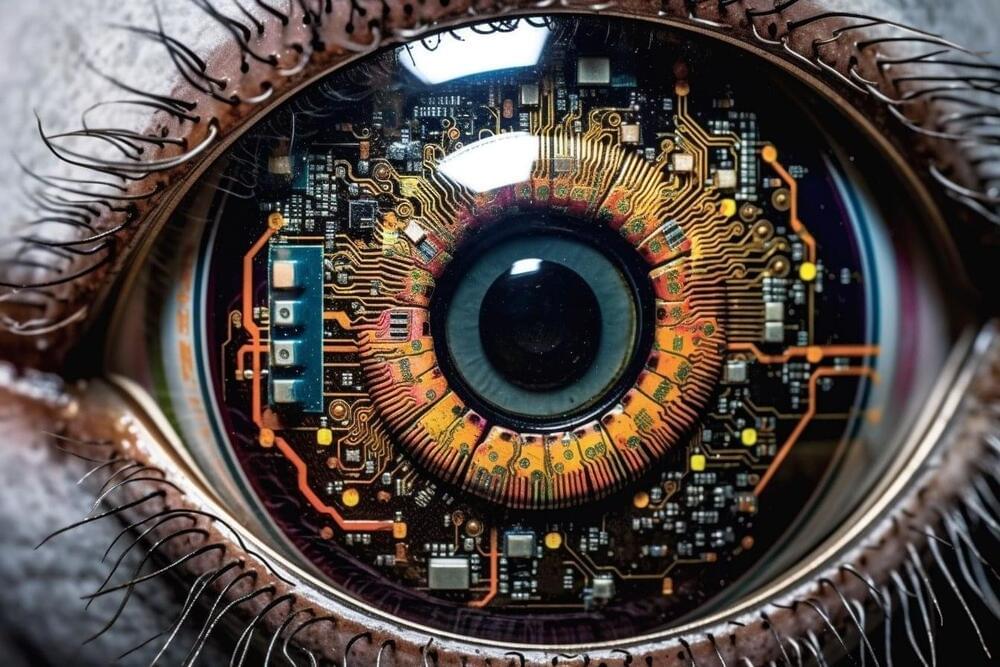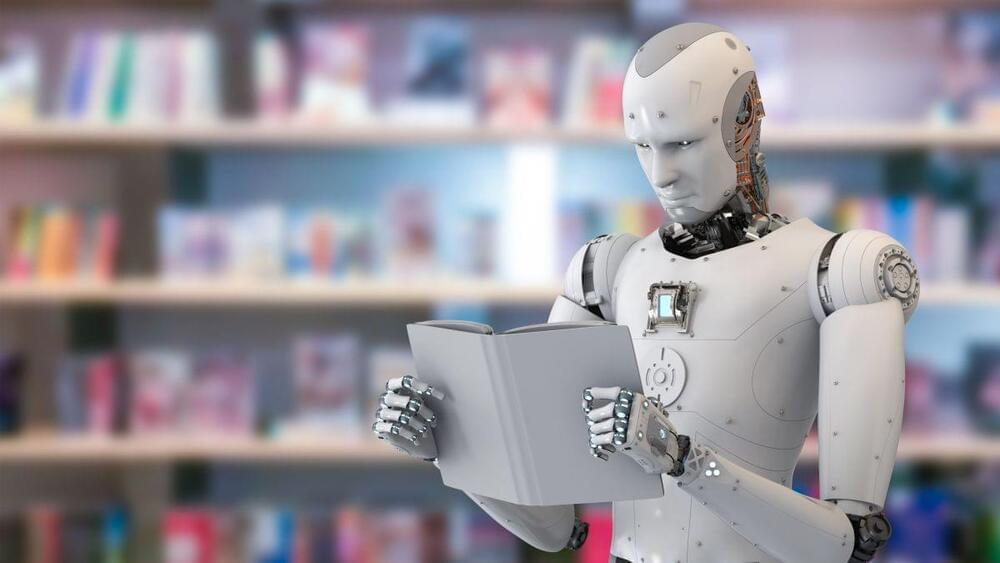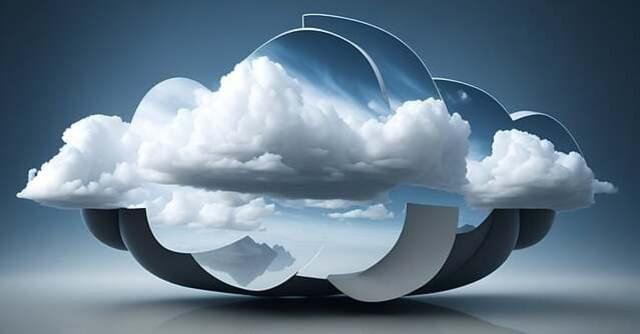This is awesome and more than a little scary. You can actually try it on a youtube video and then ask questions about the content…
Introducing LeMUR, AssemblyAI’s new framework for applying powerful LLMs to transcribed speech.
With a single line of code, LeMUR can quickly process audio transcripts for up to 10 hours worth of audio content, which effectively translates into ~150k tokens, for tasks likes summarization and question answer.
Sam Altman & Patrick Collison’s Interview — https://www.assemblyai.com/playground/v2/transcript/6gsem9pf…673f20247b.
LeMUR AI Details — https://www.assemblyai.com/blog/lemur-early-access/
❤️ If you want to support the channel ❤️





